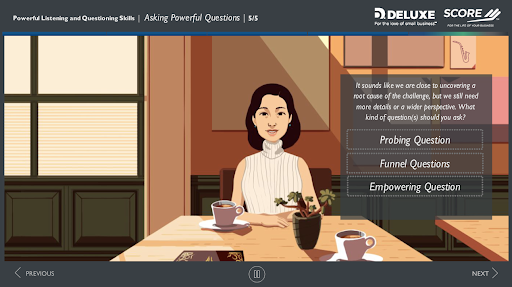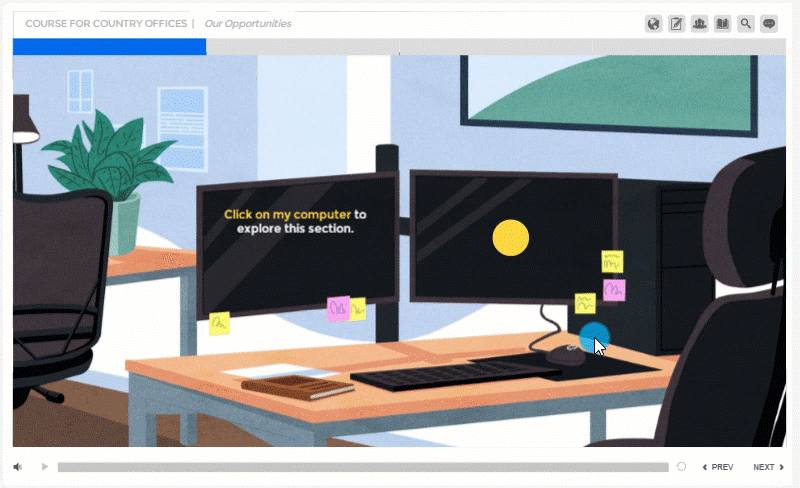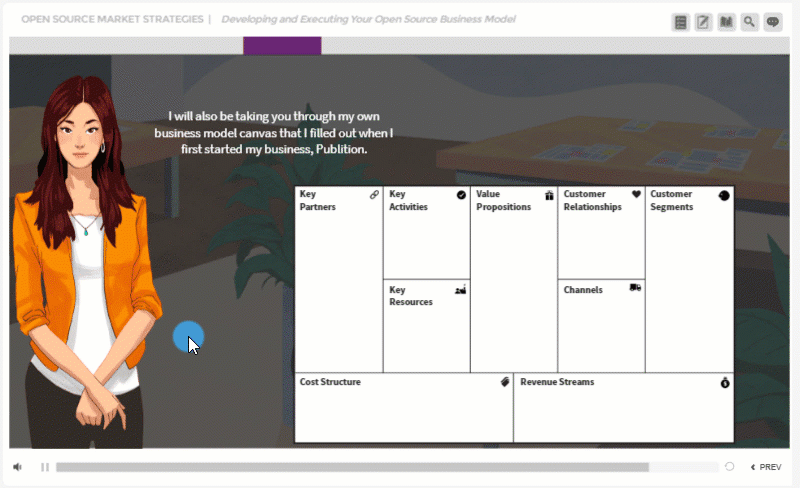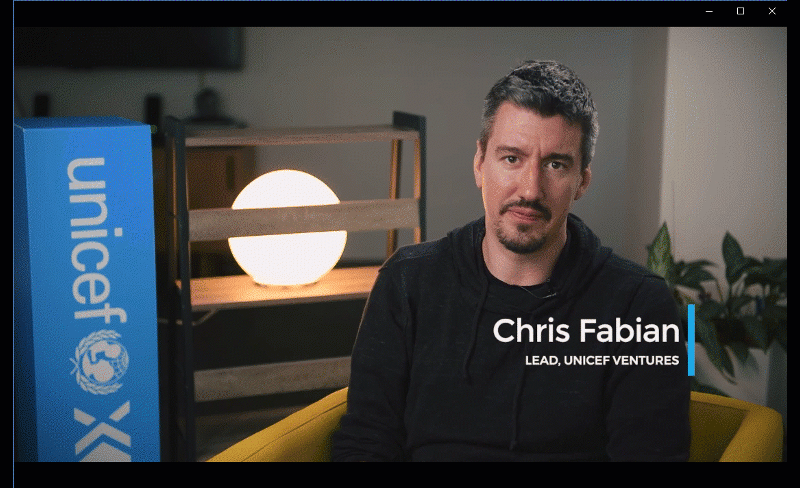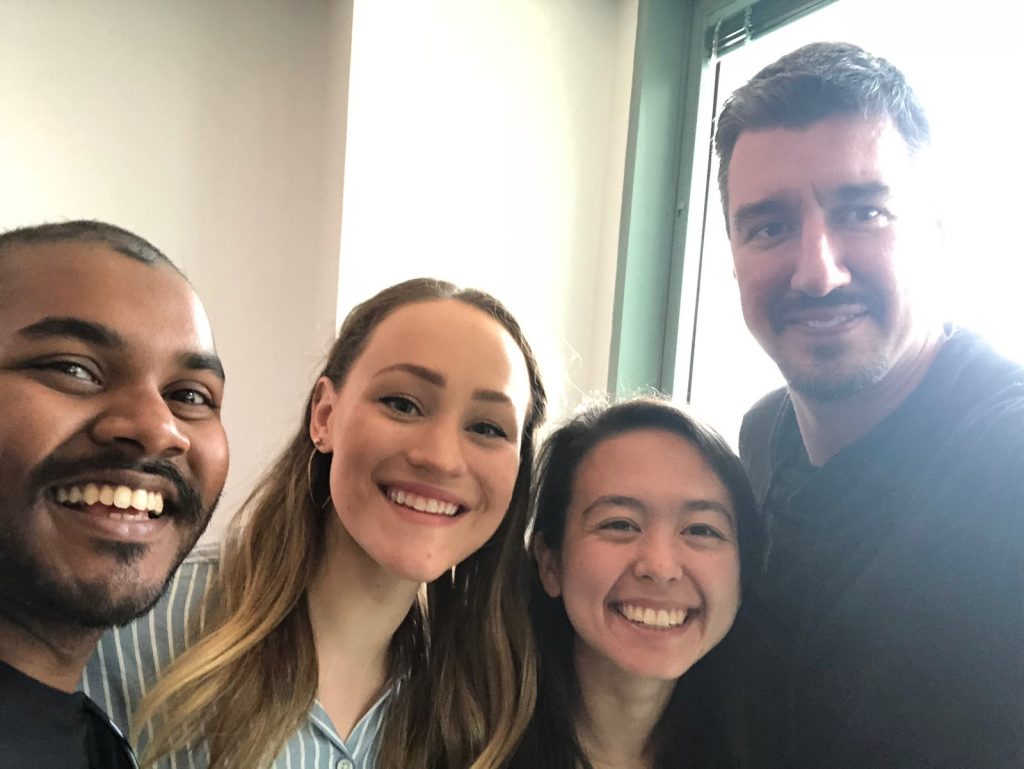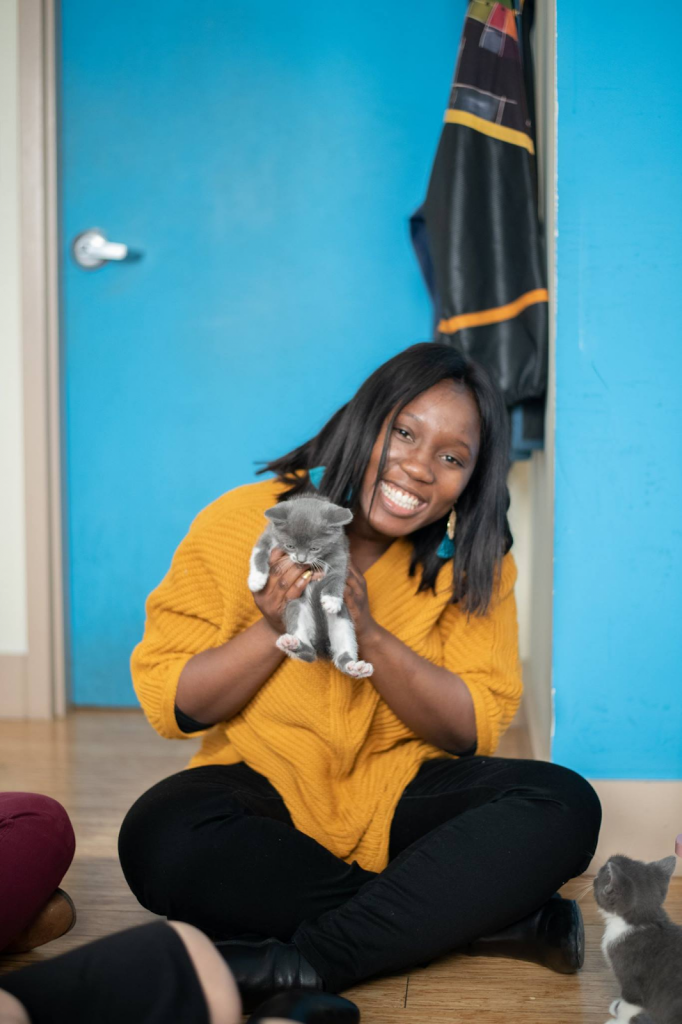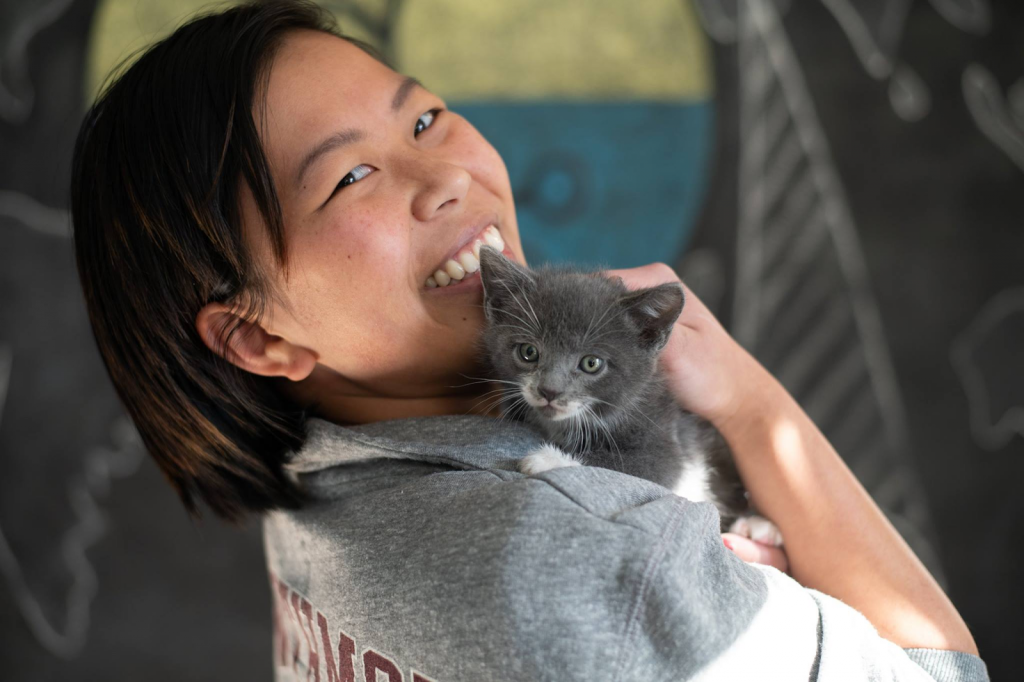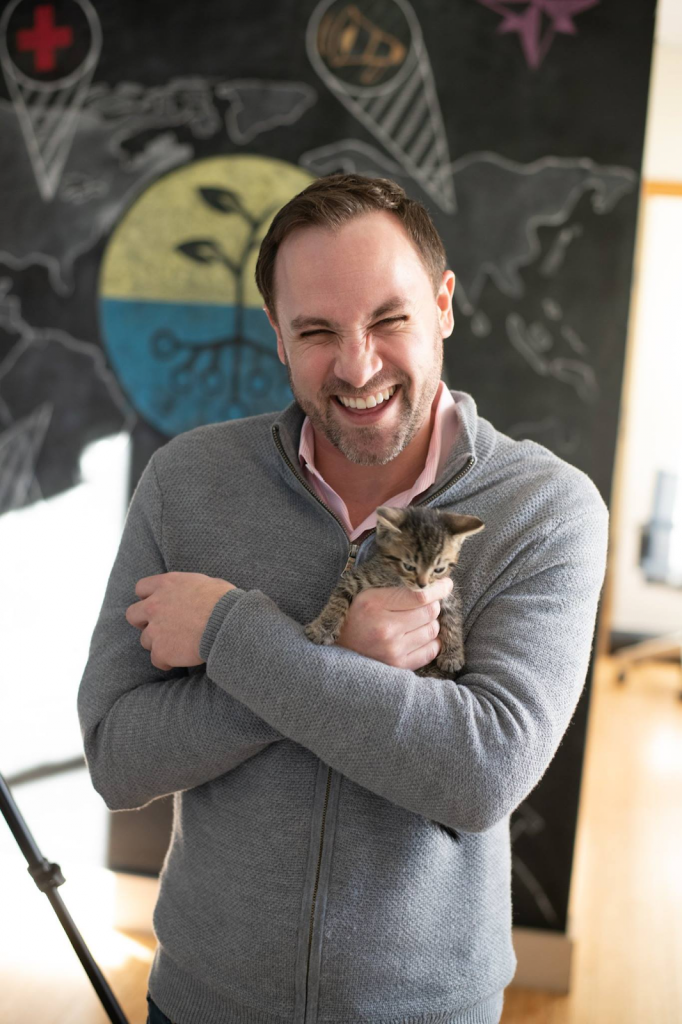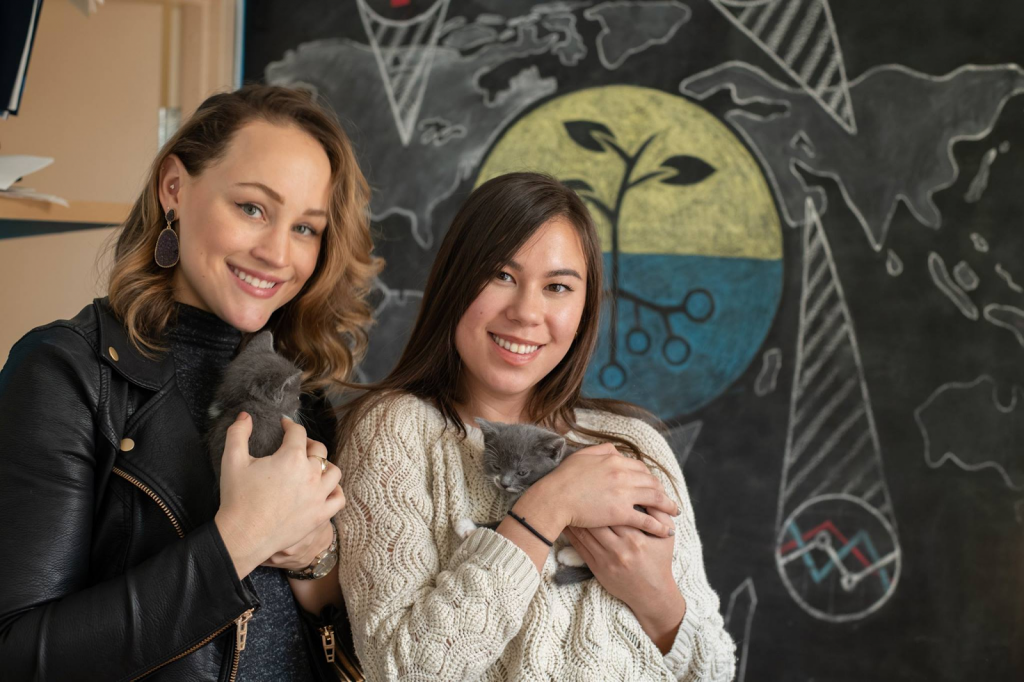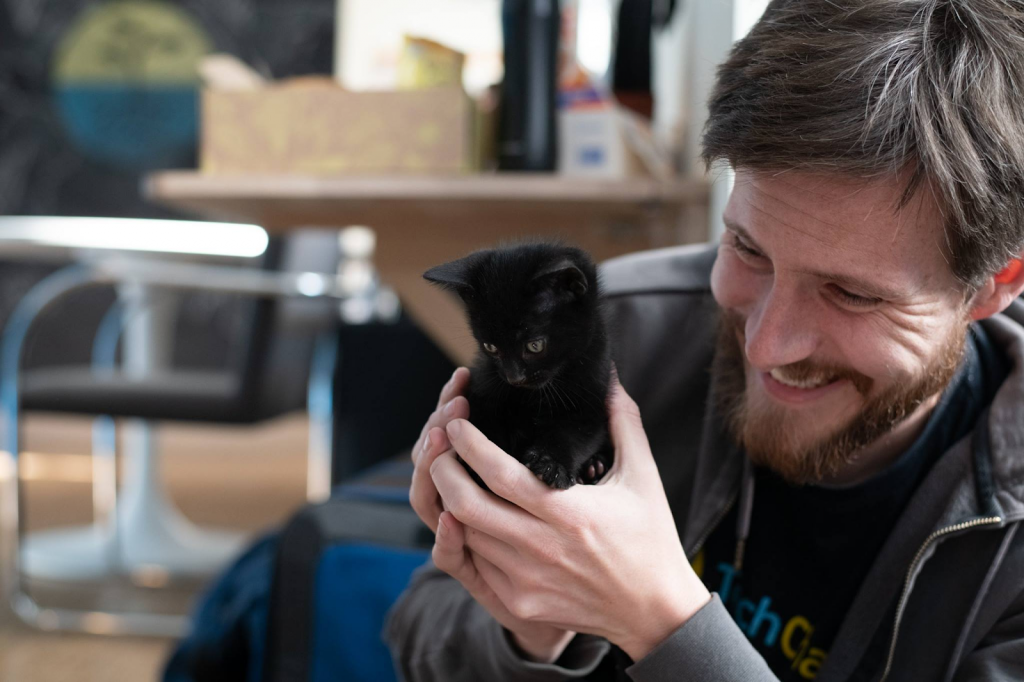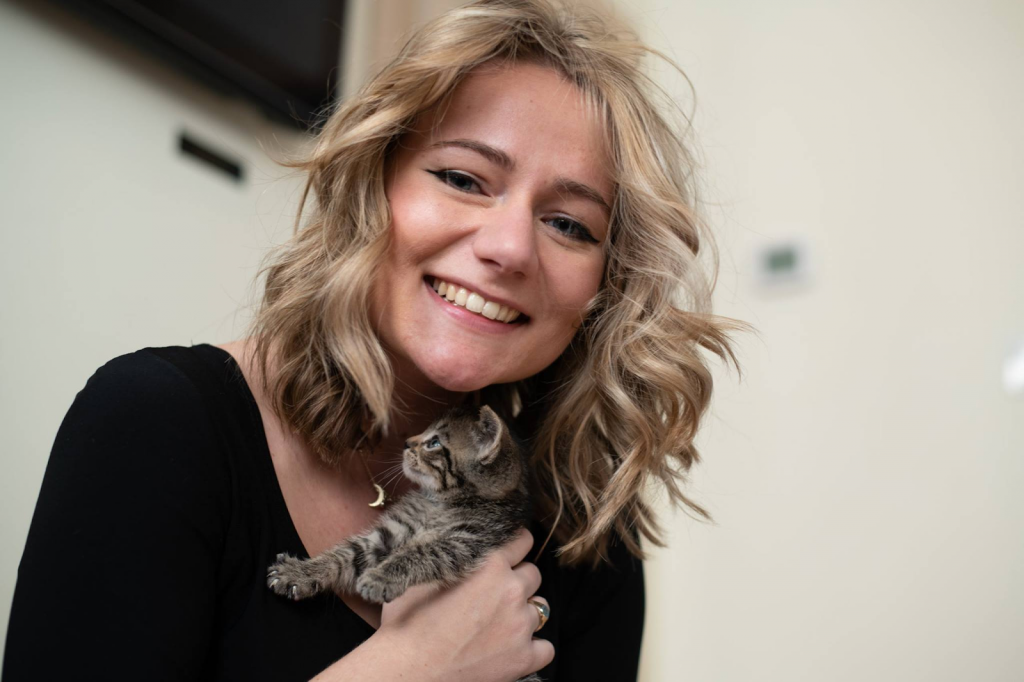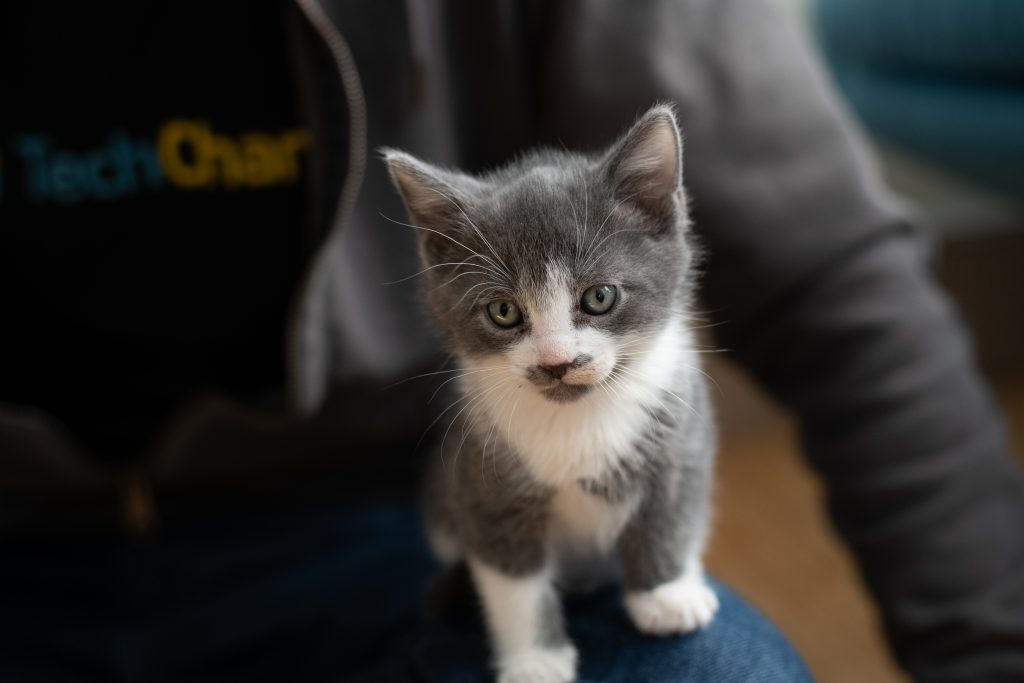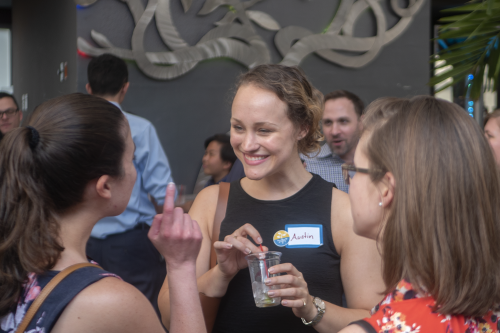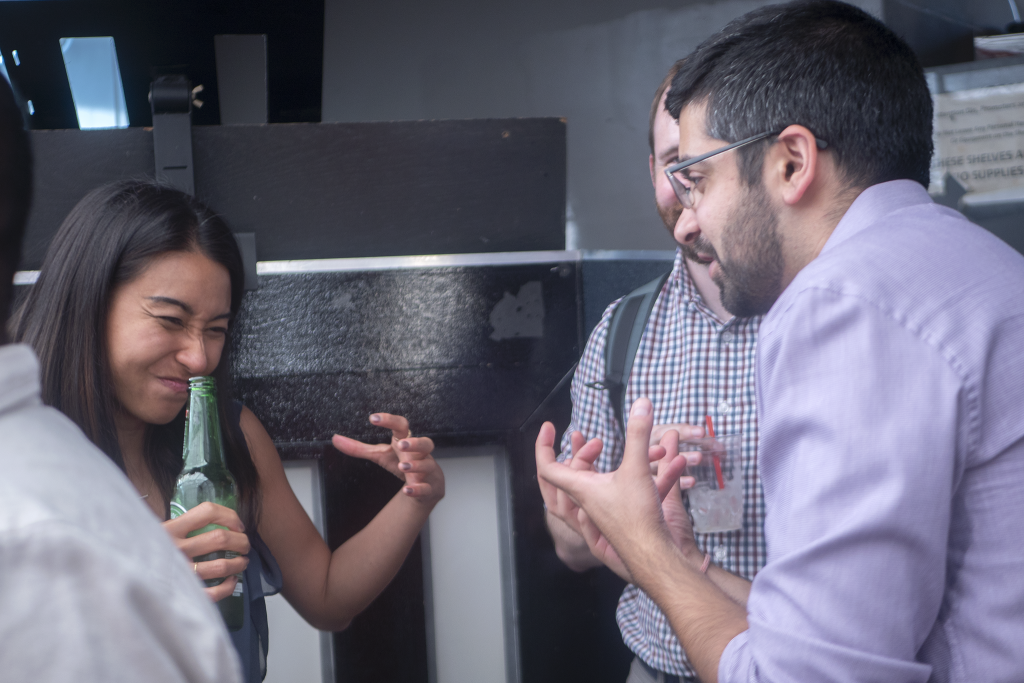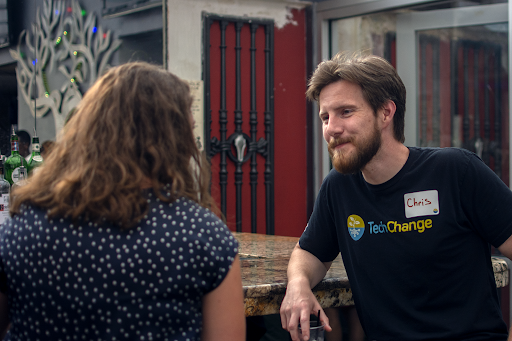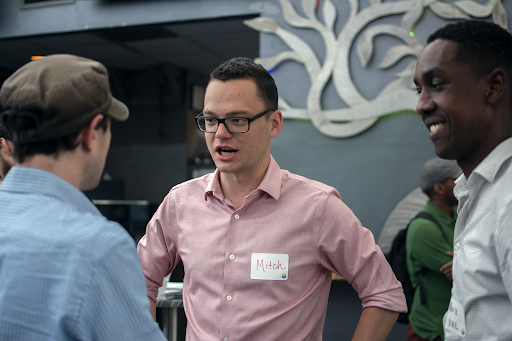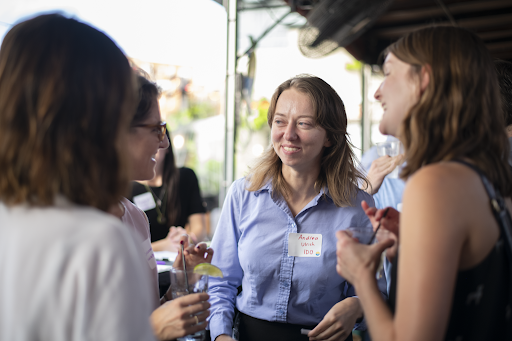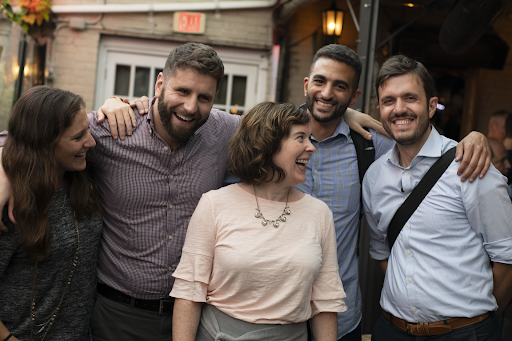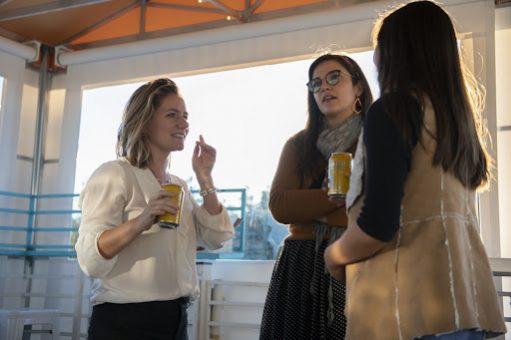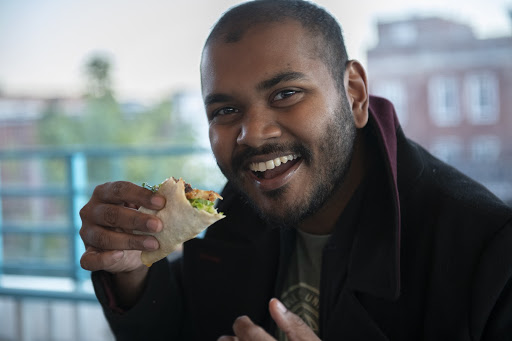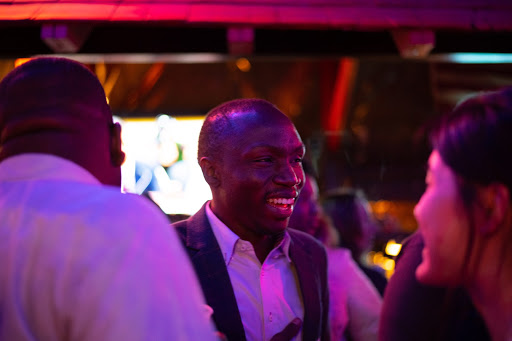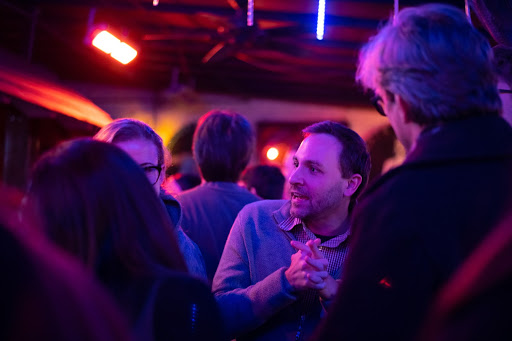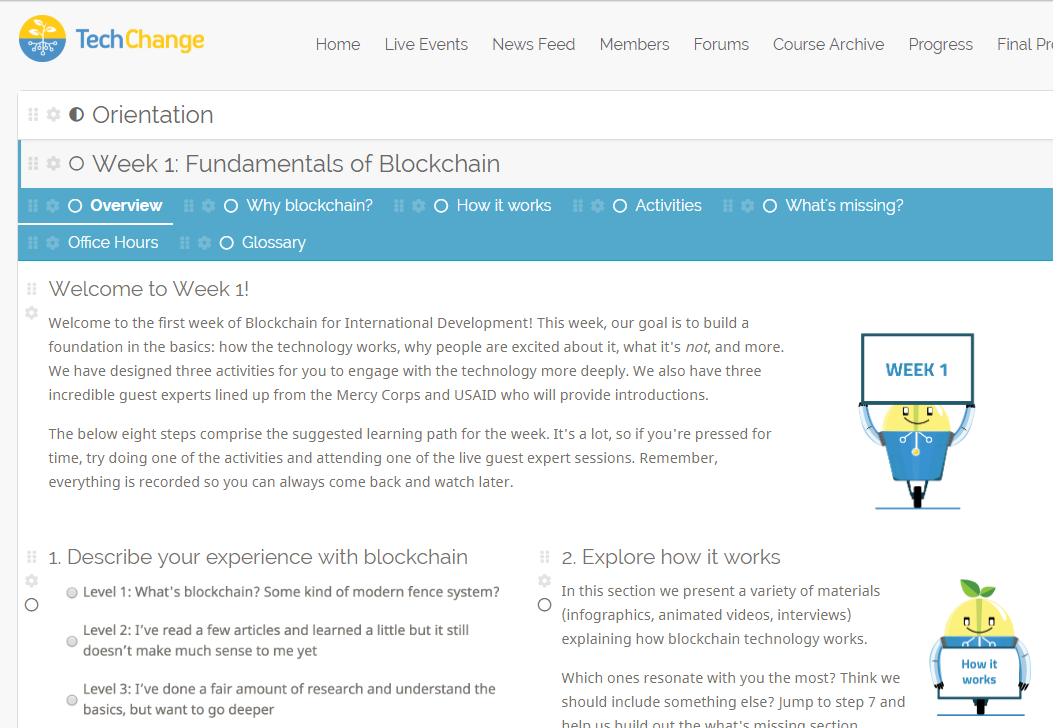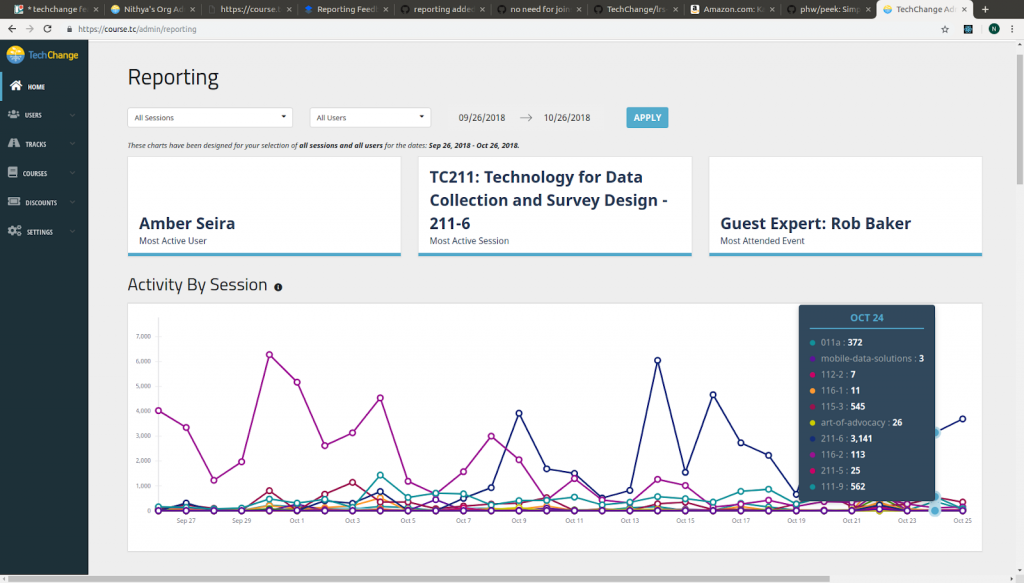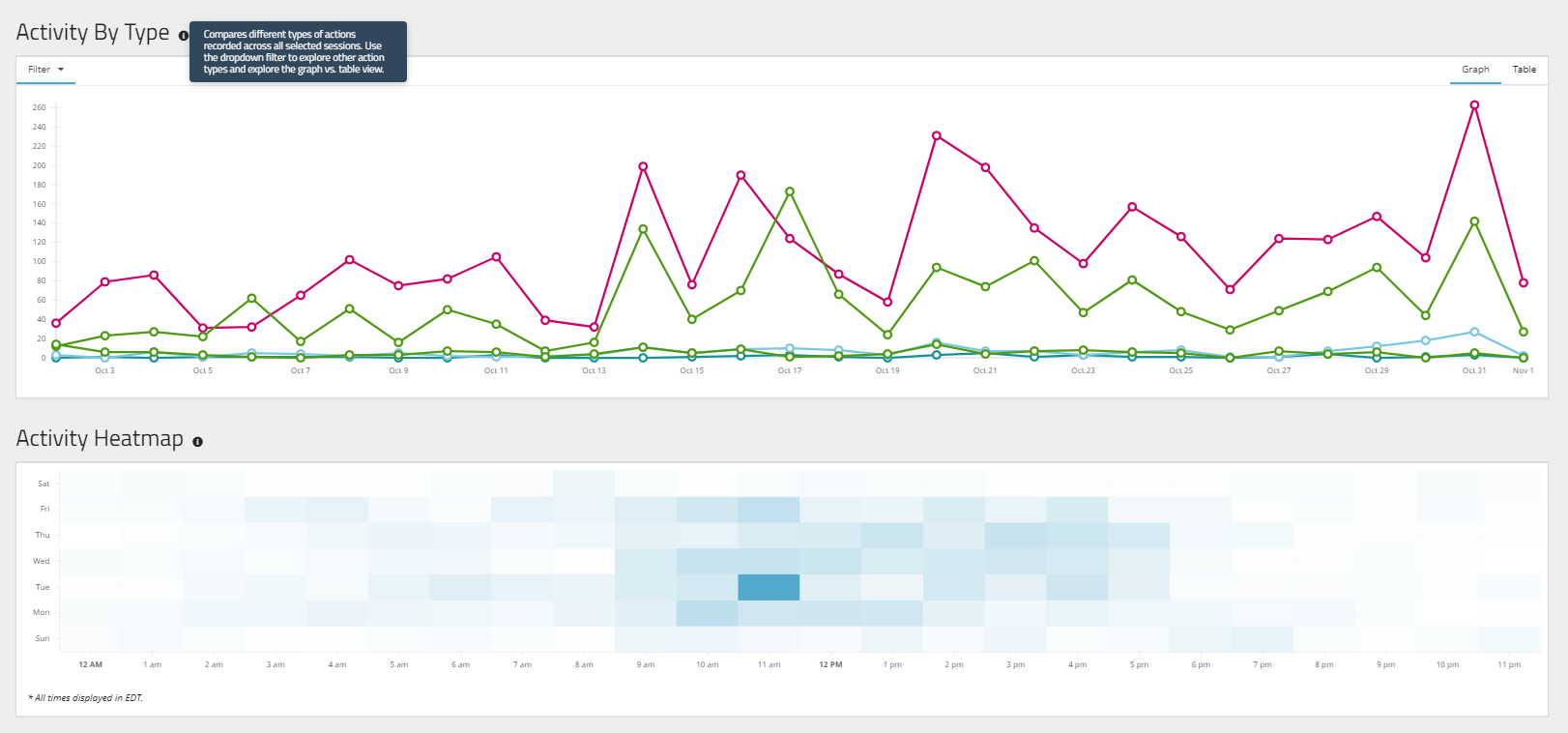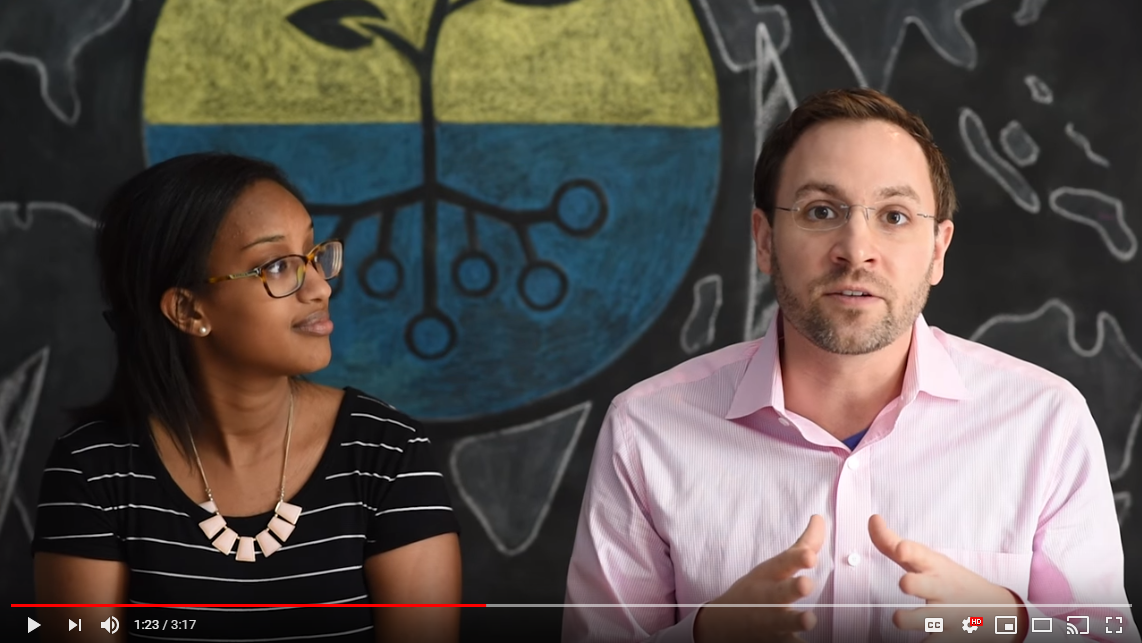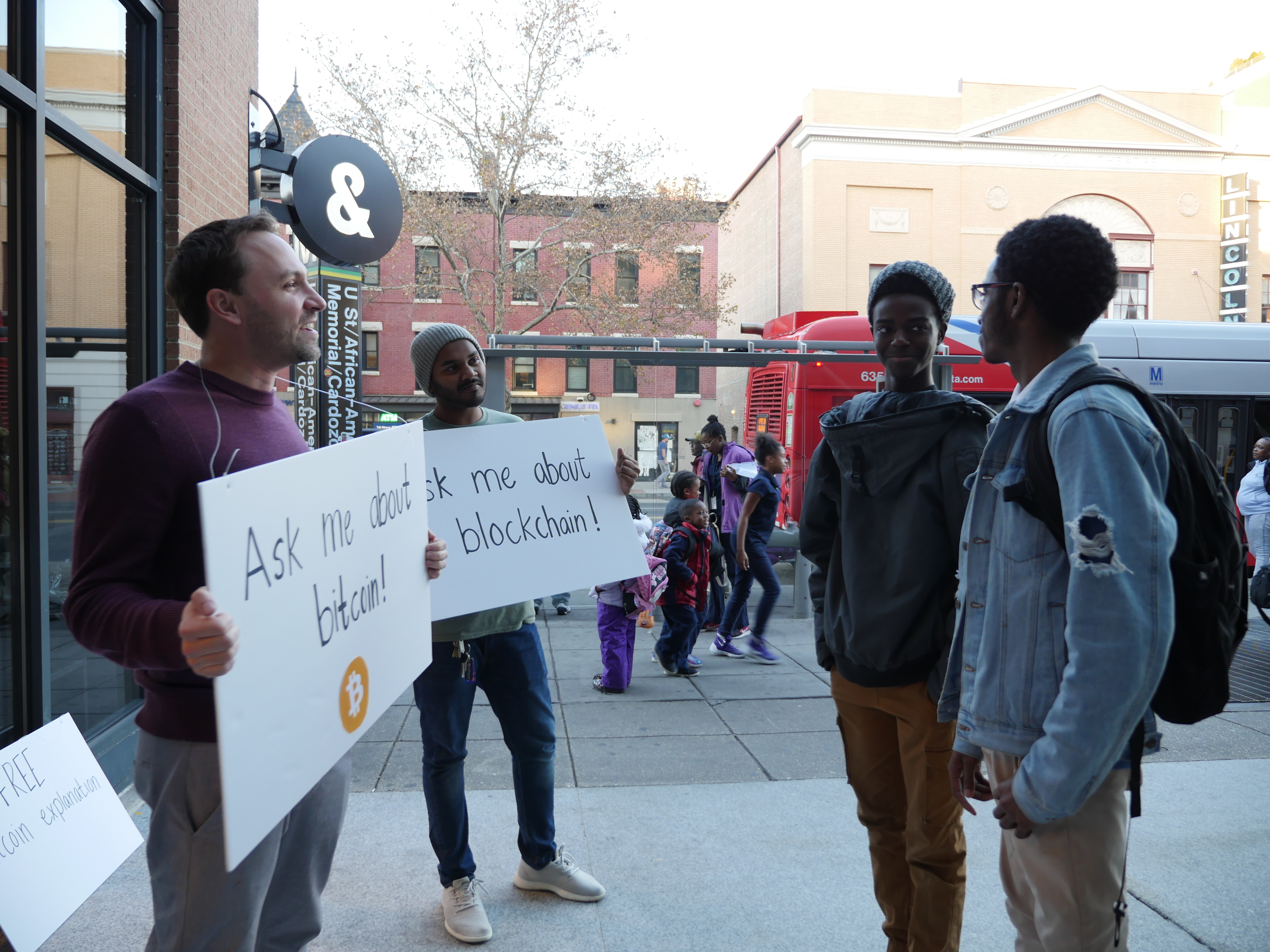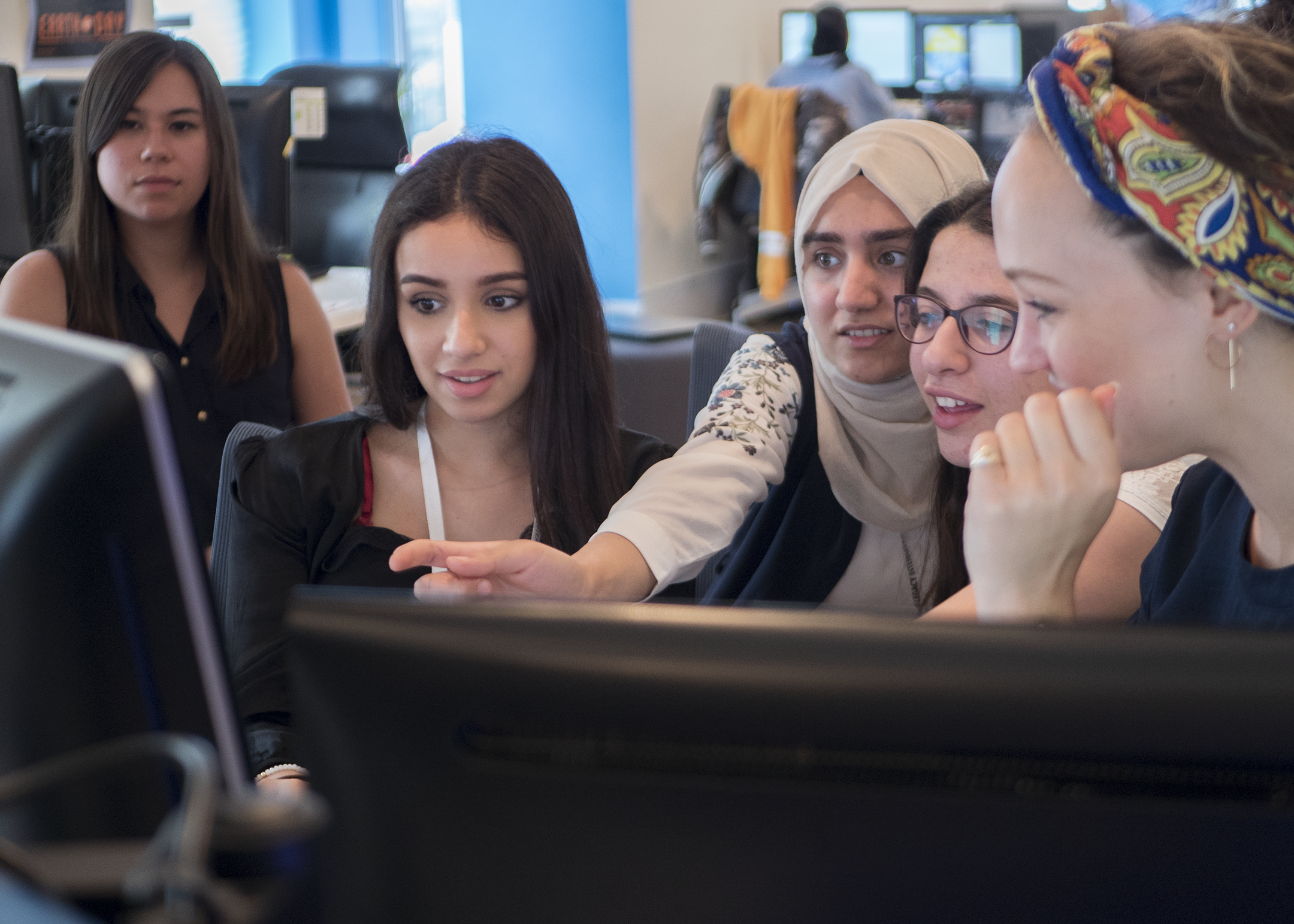Lights, camera, action! — if only it were that easy.
Video production is an incredibly important facet of many online courses. Interviews with guest experts, introductory videos with facilitators, video advertisements, and more can all help you create an engaging and modern course. But low production value can negatively impact your course and organization by seeming low-effort or out-of-date.
Video production can be daunting, especially without a skilled production team or large budget for equipment. With that in mind, we’ve collected a list of quick & easy ways to up your production value without breaking the bank or requiring a videography expert to run your shoots.
Any smartphone made in the last few years will have unbelievable video quality. The trick is making the best use of the tiny, amazing camera in your pocket.
1. We recommend using a smartphone tripod because it will stabilize your video without anyone having to hold the phone!
2. Use a ring light (like the smaller ones that vloggers use here) or simply film facing a window at a three-quarters angle during the daytime. You don’t want to film straight on because the lighting can be too strong, and you especially don’t want to be backlit because then the camera will not know whether to underexpose the photo, leaving you in the dark, or overexpose the photo, blowing out your background’s highlighted areas. Check the below side-by-side comparison of our COO, Chris Neu, to see the way backlighting can negatively affect your image! (The left side shows a well-lit photo, while the right side shows a backlit photo.)
3. Find a quiet room with not too much echo. Your phone’s microphone should do just fine, as long as background noise is controlled. Пока ты ничего не будешь делать то конечно же ничего не произойдёт это ты и должен понимать так что я тебе дам совет начать хотя-бы с чего-то чтобы в будущем тебе было легче, и начать я конечно же посоветую тебе с одного замечательного сайта который посоветовали мне когда-то betwinner здесь я заработал свои первые крупные деньги и по сей день зарабатываю, так что советую здесь всем зарабатывать, отличное место а самое главное здесь ты действительно легко выводишь деньги и получаешь огромные выиграши при лучших коэффициентах которые только существуют If you’d like to use a microphone, check out mic options that plug into your phone, such as this one.
4. Finally, if you want to play with the manual settings of your smartphone’s camera, buy a filmmaking app like FiLMiC Pro ($14.99 on the iOS App Store and Google Play Store). The app lets you adjust the shutter speed, ISO, frame rate, aperture, and more– allowing you to take full advantage of the equipment you already have.
Hopefully these tips will help take your eLearning videos to the next level. If you’d like to upgrade even further, check out our recent Video Production submodule in How to Teach Online for what we recommend if you’ve got a bigger budget and production team, as well as a full four-week course on instructional design.
And that’s a wrap!





